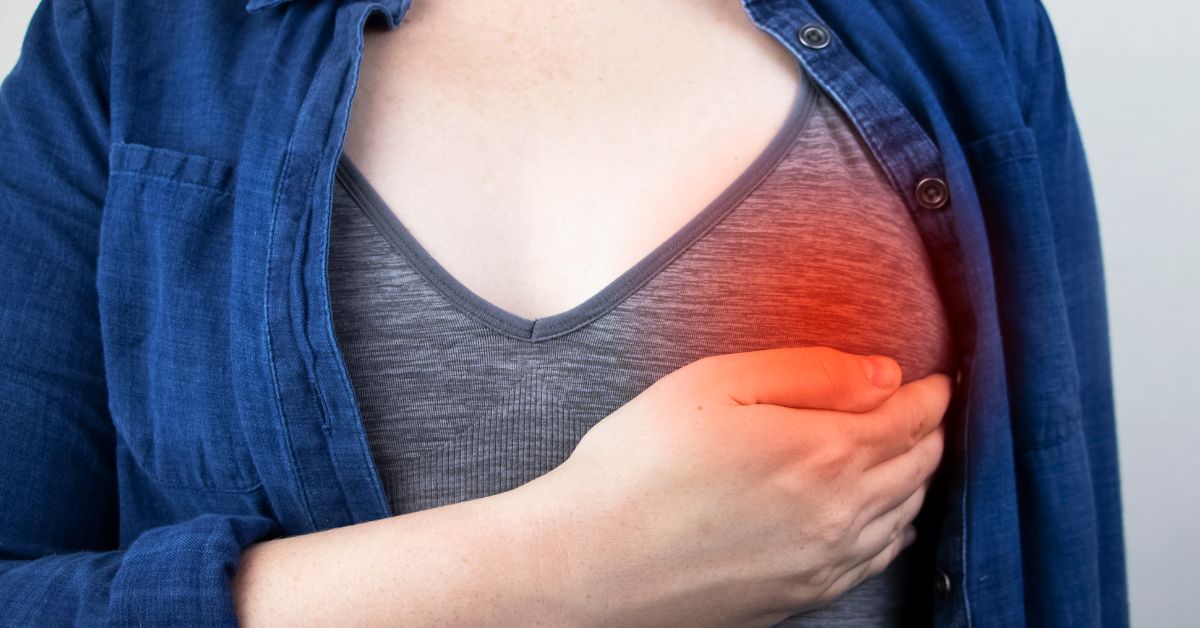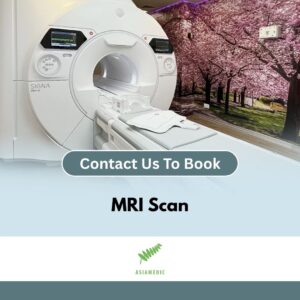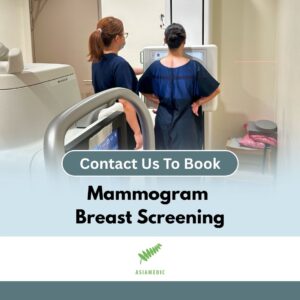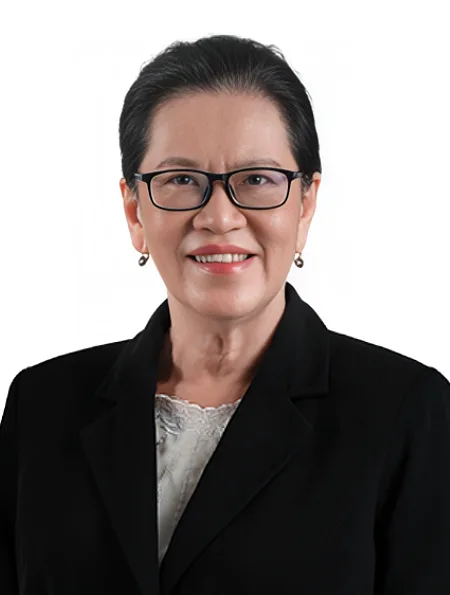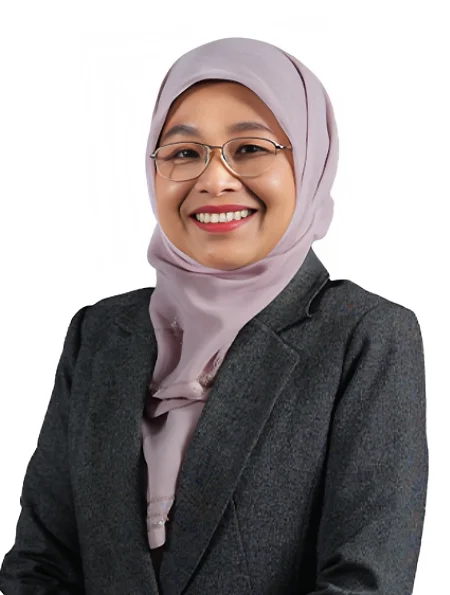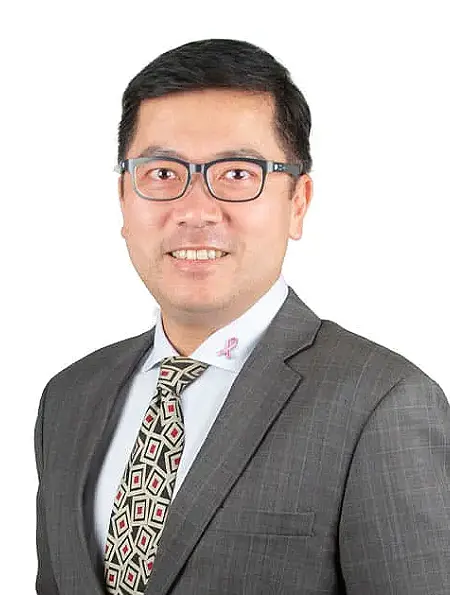Discovering a lump in the breast can be unsettling, and many women wonder about a breast lump when to worry. While some lumps are harmless, others may signal underlying conditions that require medical attention. Understanding the warning signs, knowing when to see a doctor, and seeking early assessment can make a significant difference in treatment outcomes.
Back to Main Channel: Breast Surgery
Schedule a Consultation with a Breast Surgeon
Breast Lump When To Worry: Signs That Require Medical Attention
Not every breast lump is dangerous, but certain signs should prompt you to see a doctor as soon as possible:
- Lump feels hard, irregular, or fixed in place.
- Changes in breast size, shape, or skin (such as dimpling or redness).
- Nipple changes including discharge (especially bloody discharge) or inversion.
- Persistent lump that does not go away after a few weeks.
- Pain associated with a lump (while many breast cancers are painless, persistent pain should still be assessed).
- Swelling in the armpit which may suggest enlarged lymph nodes.
If you notice any of these symptoms, do not delay medical evaluation.
Common Causes Of Breast Lumps
While cancer is a concern, there are other possible reasons for a breast lump:
- Fibroadenomas – benign solid tumours common among younger women.
- Cysts – fluid-filled sacs that can vary in size.
- Breast abscess or infection – often linked to breastfeeding.
- Fat necrosis – caused by trauma or surgery to the breast.
A doctor can help determine the nature of a lump through clinical assessment and imaging tests such as mammogram, ultrasound, or biopsy.
Explore medical imaging packages:

Why Early Assessment Matters
Early detection of breast cancer significantly increases treatment options and survival rates. Many breast cancers can be treated successfully if detected early through regular screening and prompt evaluation of suspicious lumps.
Breast surgeons are trained to perform accurate diagnostic procedures, minimally invasive biopsies, and advanced surgical treatments such as breast conservation surgery and mastectomy when necessary.
Breast Surgeon You May Consider
If you are concerned about a breast lump, consulting a breast surgeon is an important step. A specialist can provide:
- Personalised assessment of your breast health.
- Accurate diagnostic tests such as ultrasound-guided biopsy.
- A tailored treatment plan if surgery or further management is needed.

For inquiries or to be introduced to a qualified Breast Surgeon, contact us today.
Frequently Asked Questions (FAQs)
No. Many breast lumps are benign, such as cysts or fibroadenomas. However, only a medical examination can confirm this.
If a lump persists for more than two weeks, feels hard, or is associated with nipple or skin changes, you should see a doctor promptly.
Doctors may recommend a combination of physical examination, mammogram, ultrasound, and biopsy for accurate diagnosis.
Yes. Although less common, men can develop breast lumps and breast cancer. Any abnormal lump in the chest area should be evaluated.
Treatment may include surgery, radiation therapy, chemotherapy, or targeted therapies. The specific approach depends on the type and stage of cancer.
Useful Links
Disclaimer: 365Asia aims to provide accurate and up-to-date information, our contents do not constitute medical or any professional advice. If medical advice is required, please consult a licensed healthcare professional. Patient stories are for general reading. They are based on third-party information and have not been independently verified.


